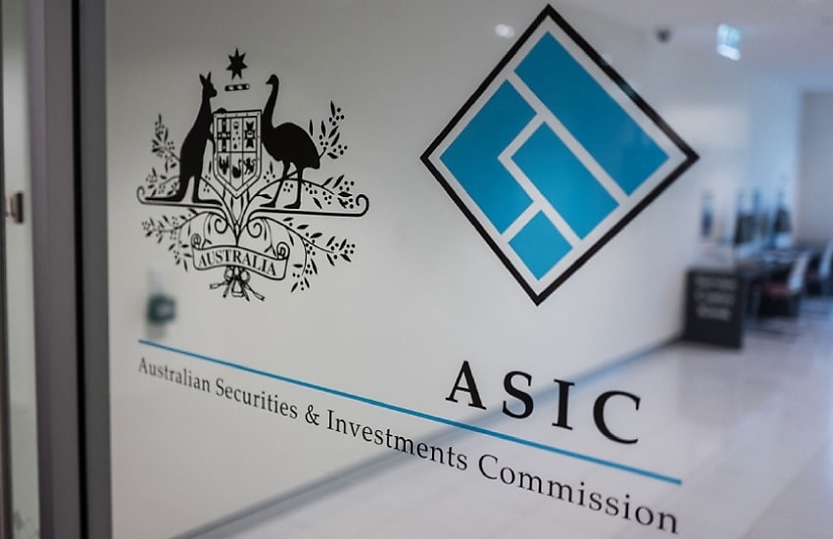ASIC’s FY26 plan responds to AI, geopolitical, superannuation threats

ASIC’s 2025-26 Corporate Plan has outlined an increasingly complex operating environment as geopolitical turbulence, shifting capital markets, and new technologies bring fresh challenges.
Australia’s economy faces evolving threats, from geopolitical uncertainty to technological transformations. These threats had shaped ASIC’s strategic priorities for the financial year, the regulatory body said.
“The operating environment for our financial ecosystem is increasingly complicated and that requires a well-calibrated response from ASIC which we have detailed with our Corporate Plan,” ASIC chair Joe Longo said.
“We direct our efforts and finite resources to areas where we see the greatest risks and potential harms. In some cases, that means continuing work already underway, such as our efforts to combat high-risk super switching. In other cases, this means pivoting to new or emerging issues or causes for concern.”
In its 2026 financial year (FY26) plan, ASIC said it would focus on driving regulatory reform to ensure capital market stability, safeguarding the stability and resilience of market infrastructure, boosting AI governance and cyber security and reducing regulatory burdens on businesses.
Holding superannuation trustees accountable for Australia’s rapidly growing superannuation sector, which held nearly $4.2 trillion in assets at the end of 2024, would also be a key focus for ASIC over FY26.
“We are concerned about people potentially risking their retirement savings, through investments in complex schemes or high-risk products, as a result of high-pressure sales tactics and inappropriate advice,” the report read.
ASIC said it would place more focus on resilience amid a “challenging and unpredictable” geopolitical environment, coupled with economic damage and uncertainty brought on by climate change and extreme weather.
AI’s rapid expansion was also on ASIC’s radar. The regulator said that new technologies posed opportunities to boost business efficiency, but also introduced fresh risks. ASIC urged businesses to implement appropriate governance and risk management procedures to integrate new technologies responsibly.
Finally, ASIC noted that Australia’s capital markets were undergoing a structural change, shifting from public market activity to private capital.
“Growing allocations, especially from superannuation funds, toward private equity, credit, and real assets are reshaping capital formation in Australia,” the report read.
“These developments are redefining how markets operate, who can access them, and how risks are shared and understood.”
ASIC’s five key strategic priorities for FY26 centred around improving consumer outcomes, strengthening professional conduct, supporting retirement outcomes, data security and market transparency.
The regulator also expressed a commitment to cutting red tape and reducing regulatory complexity.
“Less than a year ago I convened the ASIC Simplification Consultative Group to consider what we can do to reduce regulatory complexity and help Australians navigate it,” Longo said.
“A focus on simpler and better regulation is now a concrete part of ASIC’s 2025-29 plan and will see the agency continue that focus to make it easier to interact with ASIC, to understand our expectations, for us to administer the law, and ultimately to cut red tape.”
About the author

